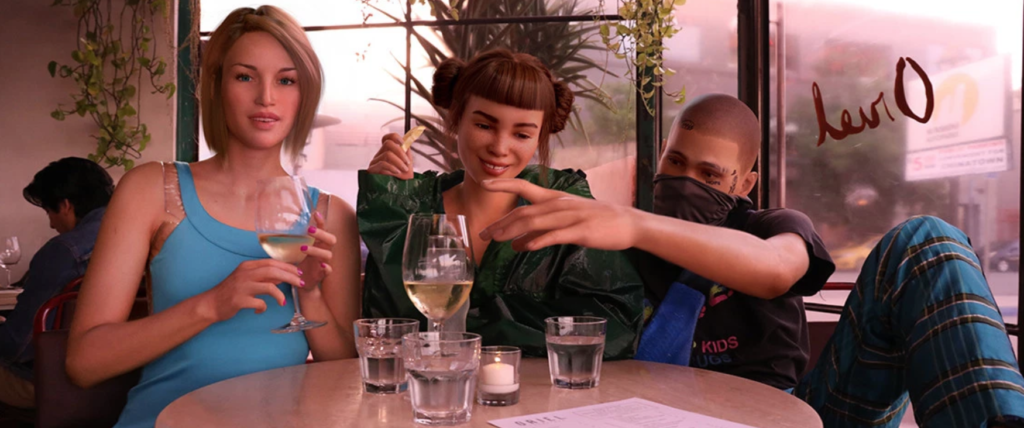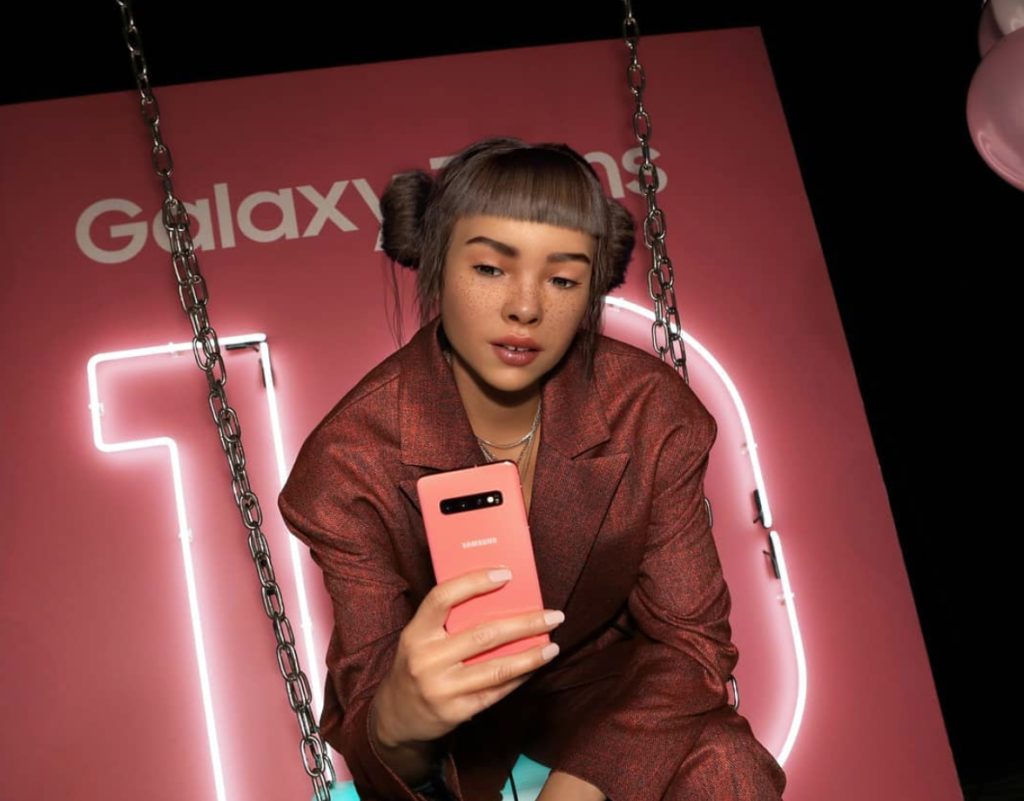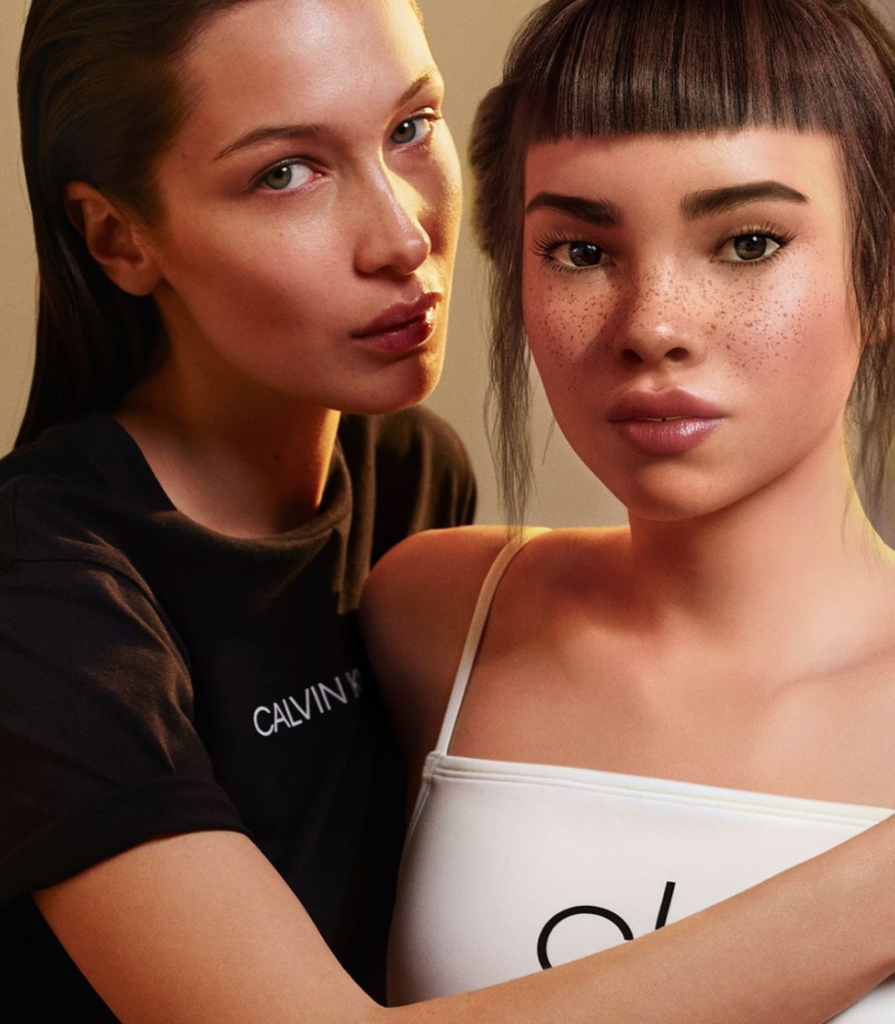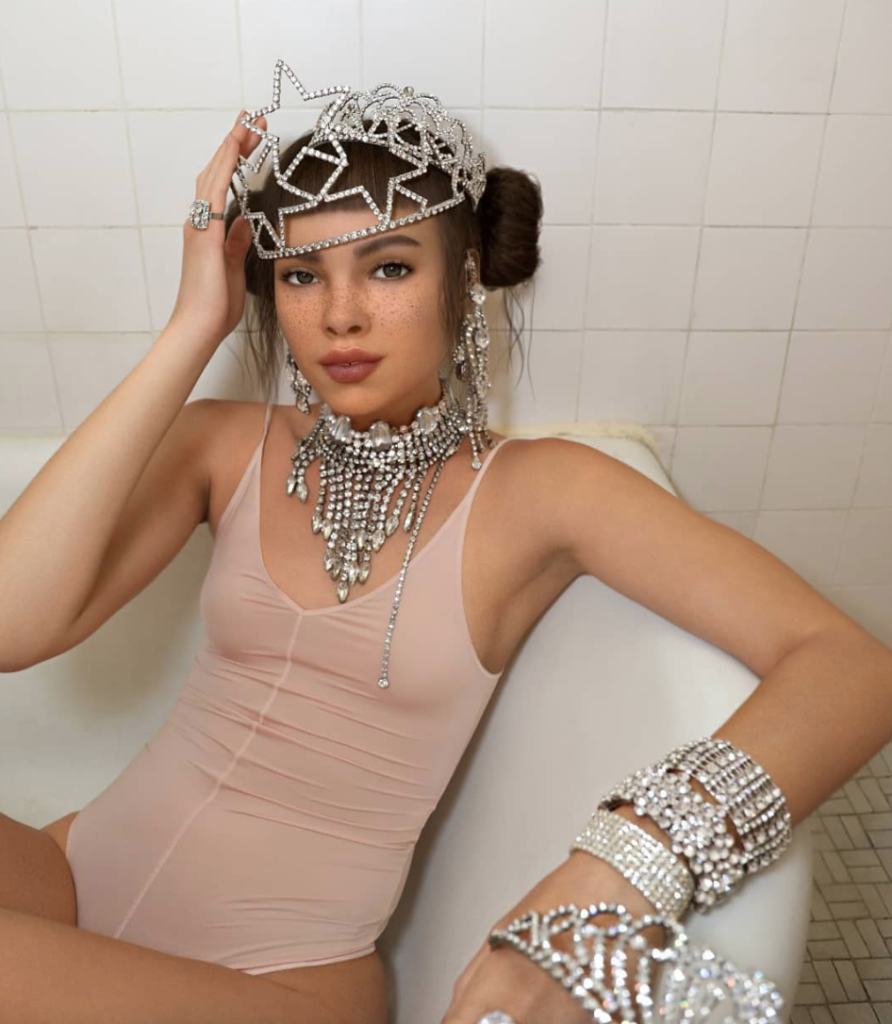With our culture shifting into all things cyberspace, we are experiencing life with decreased levels of authenticity. Human (real/life) influencers vs. digital (virtual reality) influencers —- should brands be cautious? Perhaps, brands should focus the attention on whether the influencers are capable of engaging their target audience through authentic touchpoints.
Mrs. Turtlegang had to put the spotlight on an article published on June 20, 2019! Thanks to Katie Powers, intern and writer with the American Marketing Association (AMA), the discussion on influencer marketing is heating UP! Powers wrote the following:
Virtual Influencers Are Becoming More Real—Here’s Why Brands Should Be Cautious

6.20.2019 – KATIE POWERS
Virtual influencers are eerily human and have massive followings but their presence could complicate consumer-brand relationships
Recent reporting from the New York Times outlines the rise of virtual influencers, those carefully curated AI-generated personas who promote products and services on social media. Often, these figures are eerily human and could easily fool an unsuspecting consumer. But brands that use this tactic risk losing their credibility with consumers, particularly when it becomes difficult to identify them as a fabrication.
One well-known virtual influencer is Miquela Sousa, or Lil Miquela, who currently boasts 1.6 million followers on Instagram. Her account represents the platform’s standards of a picture-perfect life: She’s constantly surrounded by (mostly virtual) friends, attends high-profile events and poses in designer clothes. According to The New York Times, Sousa is the product of Brud, a Los Angeles-based tech startup, and first appeared on Instagram in 2016. Since then, she’s been featured in campaigns by several brands, including Calvin Klein and Prada. Dior, Balmain and Fenty Beauty, among others, have also used virtual influencers in their ad campaigns.

Vanitha Swaminathan, a professor of marketing at the University of Pittsburgh, acknowledges that using a virtual influencer instead of a real-life human to sell a product has advantages for brands.
“Virtual influencers are the modern-day version of fictional brand characters or mannequins in shop windows that are suddenly more lifelike and real,” she says. “These virtual influencers never have an off day, always stick to a script and always look perfect. Thus, unlike their real-life counterparts, they can easily be shaped to suit whatever objectives a company is seeking to achieve through persuasive communication. Since they also don’t have independent thoughts or opinions, this is essentially another way of communicating sponsored messages to consumers.”
The New York Times reported that the Federal Trade Commission has yet to specifically address virtual influencers, but has warned that companies using fictionalized characters as a marketing tool should make sure that “any claims communicated about the product are truthful, not misleading and (can be) substantiated.”

But Swaminathan believes there are challenges surrounding a consumer’s ability to distinguish between a virtual influencer and a real-life one, which has the potential to harm consumer-brand relationships over time. This could lead policymakers to take a more conclusive stand in the future.
“The FTC is tasked with ensuring that advertising to consumers is clearly identified as involving corporate sponsorship,” she says. “If consumers believe that virtual influencers are real-life influencers who are providing independent views about a product or brand, and consumers are being misled by their beliefs regarding these virtual influencers, then the FTC is likely to regulate such behavior. Specifically, I would expect that the FTC would insist that companies reveal the identity of virtual influencers and clearly tag them as being ‘virtual’ and not having a real counterpart.”
The New York Times reports that virtual influencers are becoming more common. But according to data from Captiv8, consumers still interact far more with real-life influencers. Swaminathan believes that virtual influencers have the potential to become more prevalent, so long as marketers and consumers approach the tactic with transparency and caution.
“As AI and robots become more pervasive in our society, virtual influencers may be a cool new marketing tool that companies employ to bring their brand to life,” she says. “I think with regulation, consumers may be in a better position to discern the difference between real and virtual influencers, which will make it a more acceptable approach.”
For more about @Miquela, follow her on Instagram! https://www.instagram.com/lilmiquela/

Photos via @lilmiquela
hashtag#brandengagementhashtag#influencermarketinghashtag#inclusivityhashtag#customerexperience











